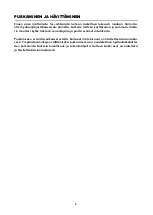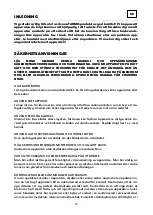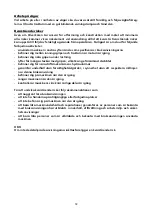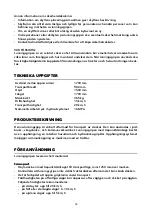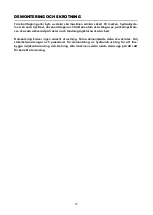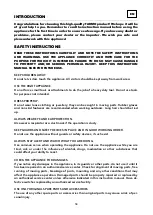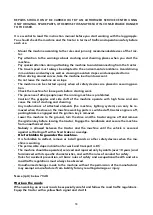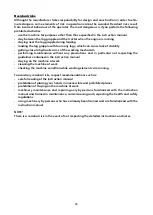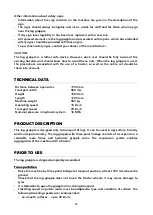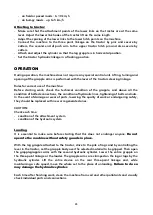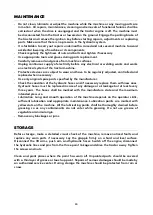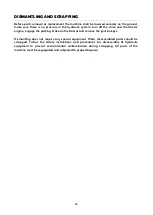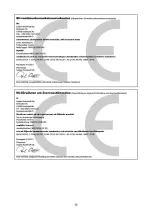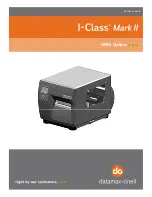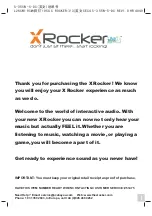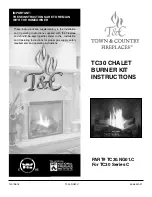
23
-
on field or paved roads : 6–10 km/h
-
on bumpy roads – up to 5 km/h.
Attaching to tractor:
-
Make sure that the attachment points of the lower links on the tractor are at the same
level. Adjust the lower link hooks of the tractor lift on the same length.
-
Adjust the spacing of the lower links to the lower hitch points on the machine.
-
Connect the machine to the three point linkage on the tractor by pins and secure by
cotters, the second end of push arm to the upper tractor hitch pin and also secure by
cotters.
-
Attach and adjust the cylinder so that the log grapple is in horizontal position.
-
Set the tractor hydraulic linkage in a floating position.
OPERATION
During operation, the machine does not require any special control unit. Lifting, turning and
opening of the grapple arms is performed with the lever of the tractors steering linkage.
Rules for correct use of the machine:
Before starting work, check the technical condition of the grapple, and above all the
condition of bolted connections, the condition of hydraulic lines, tightening of bolts and nuts.
In the event of damage or wear of parts, lowering the quality of work or endangering safety,
they should be replaced with new or regenerated ones.
CAUTION:
Check each time:
-
condition of the attachment system
-
condition of the hydraulic system
Loading
It is essential to make sure before starting that this does not endanger anyone.
Do not
operate the machine without safety guards in place.
With the log grapple attached to the tractor, drive to the pile of logs and by controlling the
lever in the tractor, set the grapple body over the selected material to be gripped. Then open
the grapplegrapples arms with the second hydraulic cylinder. Lower the entire grapple on
the three-point linkage or the loader. The grapple arms are clamped on the log or logs by the
hydraulic cylinder. Lift the entire device on the rear three-point linkage and, while
maintaining a safe speed, move the whole set to the place of unloading.
Failure to do so
may damage the hydraulic cylinder.
Each time after finishing work, clean the machine from soil and other pollutants and visually
check individual parts and connections.

